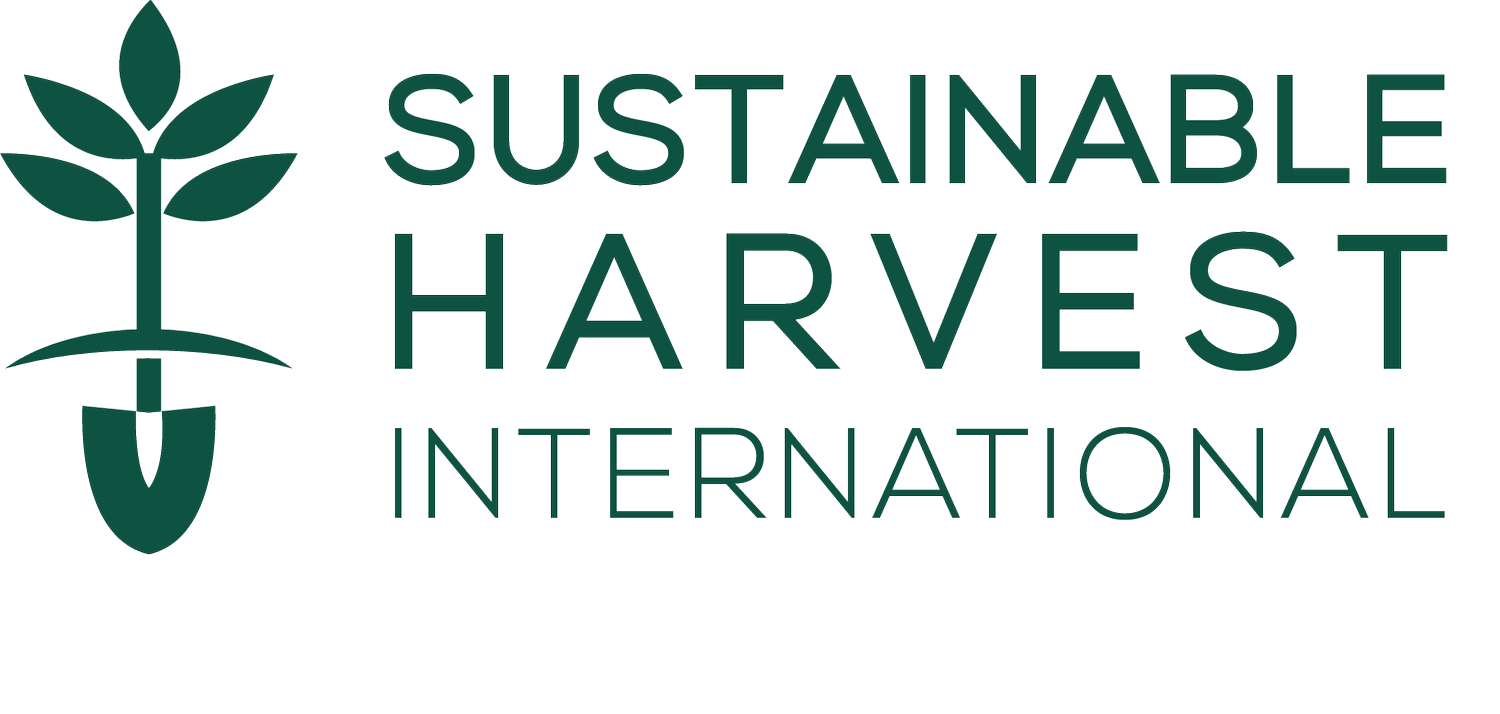REM (Ripple Effect Mapping) is a relatively new qualitative technique that we’re using to analyze the intended and unintended effects of our holistic agricultural program (i.e., the ripples).
WHY WE USED REM
Sustainable Harvest International has been around since 1997 and we’ve done a lot of research to learn about the impacts of our work, but we wanted to find a way to dig deeper—to learn about how our program is perceived, both by those who have participated in it, as well as those who knew about it but didn’t participate.
Don’t get me wrong, quantitative data is great—we spend hours collecting it year round and rely heavily on it for reporting. Nevertheless, relying on quantitative data alone can fall short of giving a full, comprehensive sense of our impact.
Similarly, quantitative data alone can tell you that a project succeeded but not why.
Based on our eighteen years as a nonprofit, the quantitative data, and our observations, we know that our program is successful. But we wanted to know more.
Enter REM, the qualitative side of the equation.
Participants in Tranquilla stretch and share their experiences - photo by Bailey McWilliams
FIRST STUDY
We performed the REM study in two graduate communities in Panama: El Cocal and Tranquilla. The idea was to have 10-12 people from families who participated in our program and an equal number of people who hadn’t participated were aware of the program.
Participants and non-participants paired up in teams and interviewed each other based on questions developed through the REM methodology. They then recorded their answers on post-it notes. In the case of illiterate participants, the Panama staff and EARTH University intern Abner were on hand to help with recording answers.
Each group then reported each other’s answers in an open discussion. During the course of these discussions they tried to identify different ripple effects (both positive and negative) of our program. (For a full explanation of REM methodology, see here.)
Mind mapping the effects of our agricultural extension program - photo by Bailey McWilliams
RESULTS
Some of the positive ripples reported in both El Cocal and Tranquilla were:
Personal empowerment (e.g. having a voice, knowing how to organize people, and engage others in the community/region/country around key issues)
Self-sufficiency (with respect to food security, economic situation, etc.)
Skills gained and used to plant food in a sustainable manner that increases access to healthy fruits and vegetables while also sustaining ecosystem functions
Community collaboration (program participants learned to work together leverage each other’s skills, increase efficiency, learn from each other, and share knowledge and resources with neighbors and others in the community)
Maruquel Sánchez shares a laugh with fellow participants - photo by Bailey McWilliams
CLIMATE
The biggest challenge identified in Tranquilla was that of climate change. Specifically, more intense periods of rain and prolonged droughts were perceived as threats to their way of life. Though participants recognize the importance of protecting forests and other key ecosystem functions, they felt that they had little control over these functions and that they were still vulnerable.
Another challenge identified in El Cocal is the lack of knowledge and skills to preserve fruits and vegetables, as well as convert them into value added products that can earn income (e.g. hot pepper salsa, fruit marmalades, etc.).
THE RIPPLE EFFECT
Carrying out these REM studies helped us to reflect on the way we implement our methodology and how we can further calibrate it. It helped us to understand both the intended and unintended “ripples” of our work. We’re able to look at these ripples and think about how we can improve our program.
REM participants share their experiences - photo by Bailey McWilliams
A task force composed of staff and board members is working to improve the way we implement, monitor, and evaluate our methodology, both with participants who are "in” the program now and those who have already graduated. After completing these pilot studies it appears that REM has a lot of potential to become a standard monitoring and evaluation tool across all our programs—particularly with those in the post-graduate phase.
A full description of the methodology and results of these two pilot studies will be included in two different book chapters (one book by CATIE, Kansas State University, and Montana State University, to be published by Routledge, the second coordinated by the University of Minnesota and to be published by Digital Commons). Both will be released later this year.
TWO WORLDS
People in both El Cocal and Tranquilla liked the idea of being heard. They were enthusiastic about sharing what we could improve on and the positive aspects their participation in our program brought to their lives. Their sense of pride and achievement were palpable in the meeting atmosphere. The two worlds came together well—systematic evaluation of the program and the pride of those helping to develop our program from the inside out.
The REM pilot project was made possible by a grant from the Bay and Paul Foundations, Inc.



